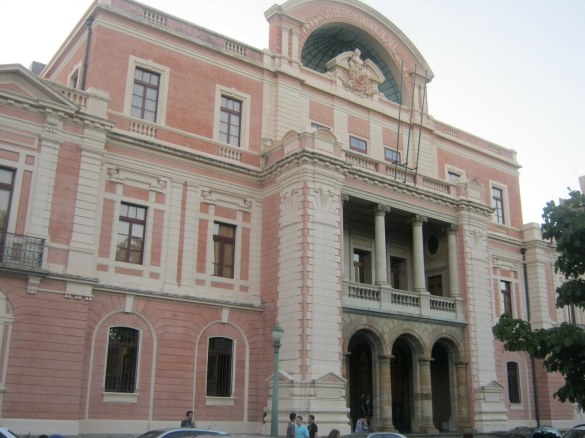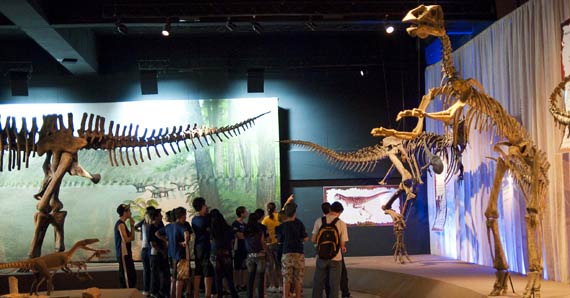The metropolis was once a small village, founded by João Leite da Silva Ortiz, a bandeirante explorer from São Paulo. The explorer settled in the region in 1701, leaving a gold rush expedition. He then established a farm called “Curral d’el Rey”, archaic Portuguese for the “King’s Corral”, which in modern Portuguese would be spelled Curral do Rei. The farm’s wealth and success encouraged people from surrounding places to move into the region, and Curral del Rey became a village surrounded by farms.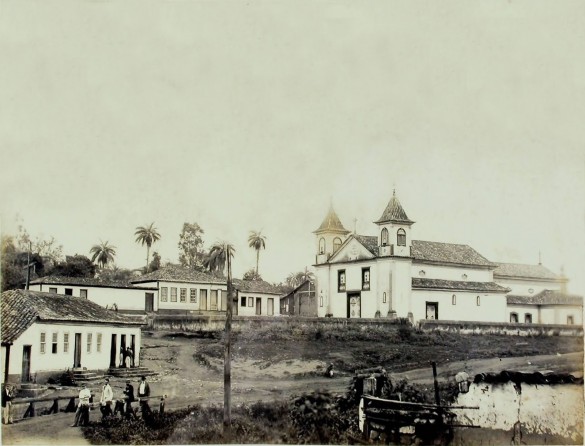
Another important factor contributing to the growth of the village was the number of migrants from the São Francisco river region, who had to pass through Curral d’el Rey in order to reach southern parts of Brazil. Travelers usually visited a small wooden chapel, where they prayed for a safe trip. Due to this fact, the chapel was named Capela da Nossa Senhora da Boa Viagem, which means “Chapel of Our Lady of the Good Journey.” After the construction of Belo Horizonte, the old baroque chapel was replaced by a neo-gothic church which became the city’s cathedral.
The previous capital of Minas Gerais, Ouro Preto (meaning “black gold”, due to dark rocks with gold inside found on the region), originally called “Vila Rica” (“wealthy village”), was a symbol of both the monarchic Brazilian Empire and the period when most of Brazilian income was due to mining, and that never pleased the members of the Inconfidência Mineira, republican intellectuals who conspired against the Portuguese dominion of Brazil. In 1889, Brazil became a republic, and it was agreed that a new state capital, in tune with a modern and prosperous Minas Gerais, had to be set.
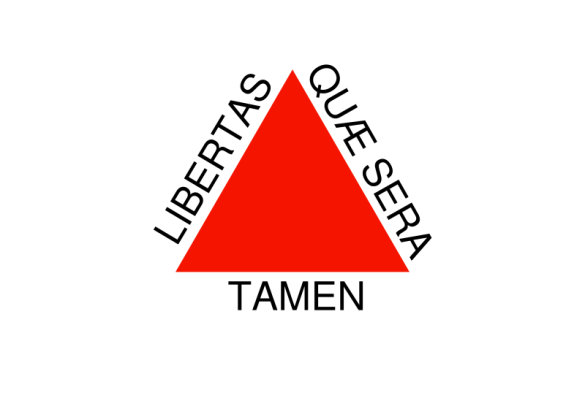
Symbol of the Inconfidência Mineira
In 1893, due to the climatic and topographic conditions, Curral Del Rey was selected by Minas Gerais governor Afonso Pena among other cities as the location for the new economical and cultural center of the state, under the new name of “Cidade de Minas,” or Minas City.
Aarão Reis, an urbanist from the State of Pará, was then set to design the second planned city of Brazil (the first one is Teresina), and then Cidade de Minas was inaugurated finally in 1897, with many unfinished constructions as the Brazilian Government set a deadline for its completion. Inhabitation of the city was subsidized by the local government, through the concession of free empty lots and funding for building houses. An interesting feature of Reis’ downtown street plan for Belo Horizonte was the inclusion of a symmetrical array of perpendicular and diagonal streets named after Brazilian states and Brazilian indigenous tribes.
In 1906, the name was then changed to Belo Horizonte, and at that time the city was experiencing a considerable industrial expansionthat increased its commercial and service sectors. From its very beginning, the city’s original plan prohibited workers to live inside the urban area which was defined by Avenida do Contorno (a long avenue which goes around the city’s central areas), reserved for the public sector functionaries (hence the name of the still trendy neighborhood “Funcionários”), and bringing about an accelerated occupation outside the city’s area well provided with infrastructure since its very beginning. Obviously, the city’s original planners did not count on its population growth afterwards, which proved especially intense in the last twenty years of the 20th century.
In the 1940s, a young Oscar Niemeyer designed the Pampulha Neighborhood to great acclaim, a commission he got thanks to then-mayor, soon-to-be-president Juscelino Kubitschek. These two men are largely responsible for the wide avenues, large lakes, parks and jutting skylines that characterize the city today.
Belo Horizonte is fast becoming a regional center of commerce. The Latin American Research and development center of Google, situated in Belo Horizonte, is responsible for the management and operation of the social networking website Orkut. It continues to be a trendsetter in the arts, particularly where music, literature, architecture and the avant-garde are concerned. There are plans underway to move a complex of government ministries north of the center, onto the road to Confins International Airport, liberating space around beautiful palm-fringed Praça da Liberdade to house the city’s symphony orchestra and other arts organizations.[9]



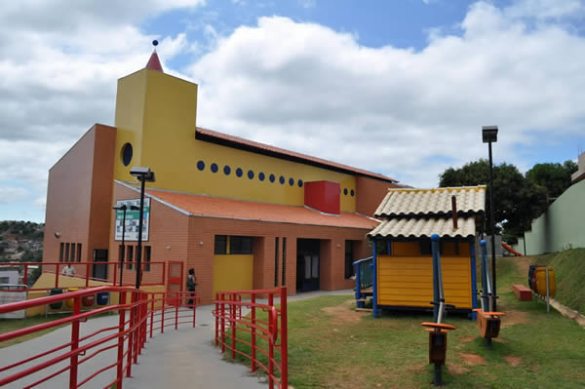
![P18-03-13_14.39[01]](https://curraldelrei.wordpress.com/wp-content/uploads/2013/05/p18-03-13_14-3901.jpg?w=585&h=438)
